The Young Rascals
Buy The Young Rascals The 1966 self-titled debut by The Young Rascals is made mostly of cover songs. However, this in no way implies that the album is unoriginal as the quartet’s original […]
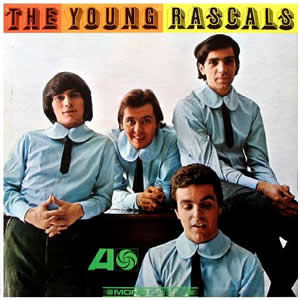
Buy The Young Rascals The 1966 self-titled debut by The Young Rascals is made mostly of cover songs. However, this in no way implies that the album is unoriginal as the quartet’s original […]
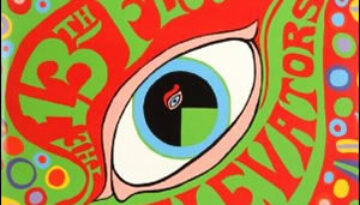
Buy The Psychedelic Sounds of the 13th Floor Elevators Emerging from Austin, Texas in the mid-sixties was the band which many consider to be the pioneers of psychedelic rock, The 13th Floor Elevators. […]
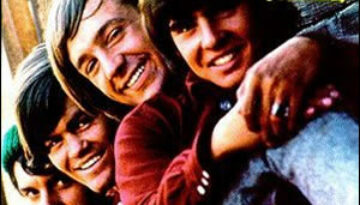
Buy Music by The Monkees In October 1966, The Monkees released their self-titled debut record, which would become the first of four consecutive number one albums in the US. The album debuted one […]
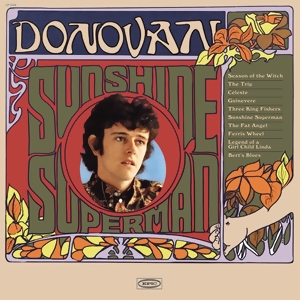
Buy Sunshine Superman English folk singer Donovan found a new voice with his eclectic and slightly psychedelic third album, Sunshine Superman. Originally released in the US in September 1966, the album would not […]
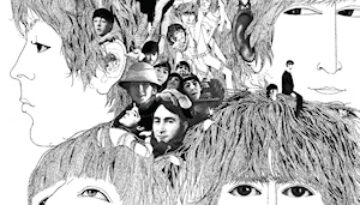
Buy Revolver As many times as I’ve heard someone say they love The Beatles, I have heard someone else say they think they are overrated. To a generation of listeners raised in the […]
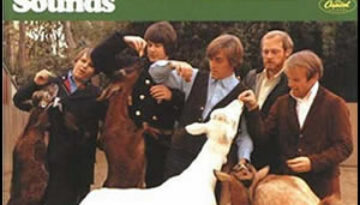
Buy Pet Sounds To this day, The Beach Boys remain the most commercially successful American rock band with 36 Top 40 hits. Most of these hits were scored between 1962 and 1965, when […]
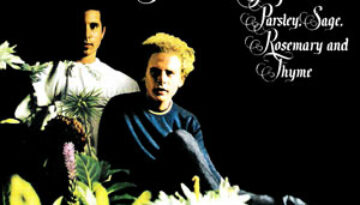
Buy Parsley Sage Rosemary Thyme Although Parsley, Sage, Rosemary and Thyme is officially the third album by Simon & Garfunkel, they certainly did not take the traditional path to get to this point. […]
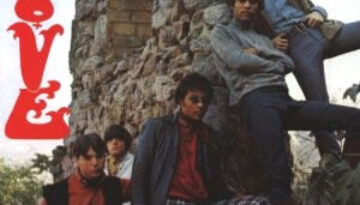
Buy Love The Los Angeles based band Love had a rather short but important ride on the sixties rock scene. Although they never quite reached national or international fame, the band was extremely […]
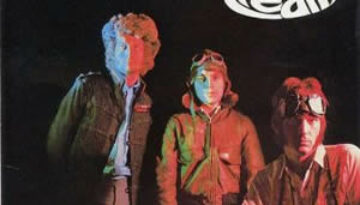
Buy Fresh Cream The British blues-rock trio Cream was, perhaps, the first to be deemed a “super group”. Their 1966 debut, Fresh Cream was produced by Robert Stigwood and includes a true fusion […]
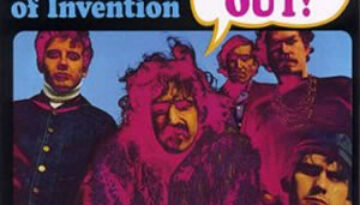
Buy Freak Out! In one of his last interviews, Frank Zappa said, “sounds are for people to listen to,” while summing up all the different types of instruments and objects he used to […]